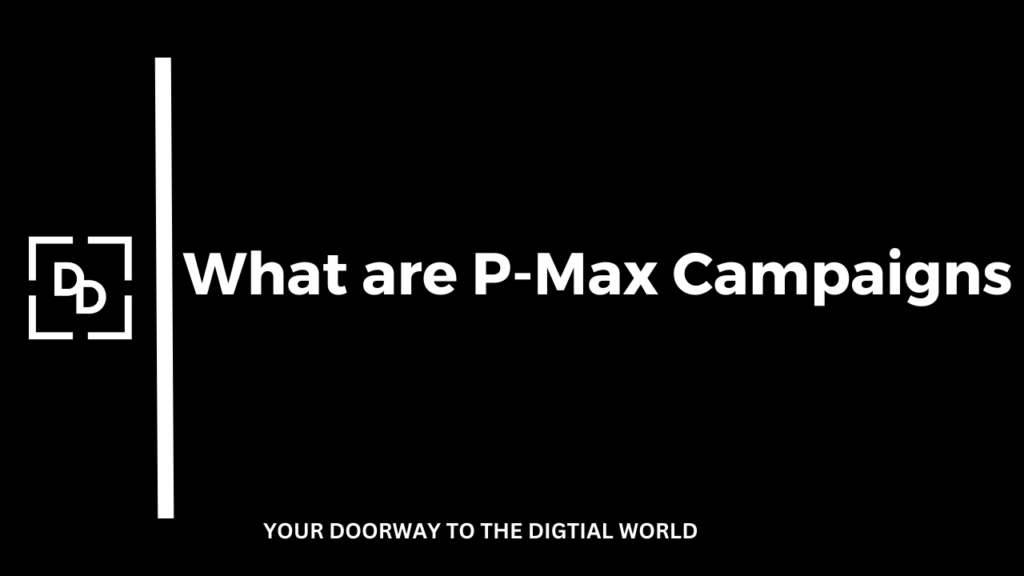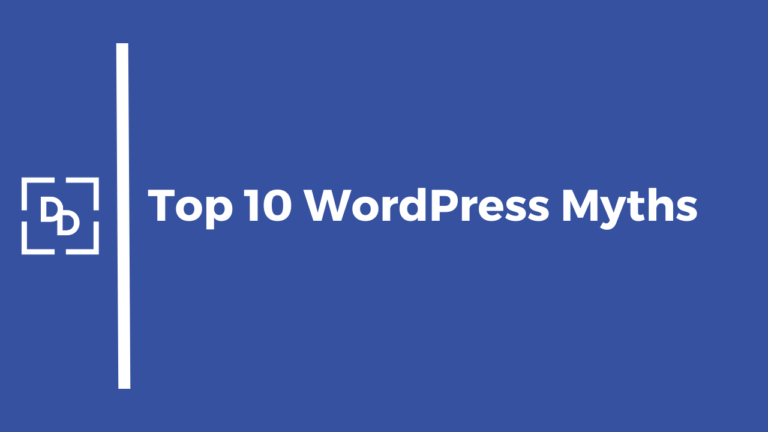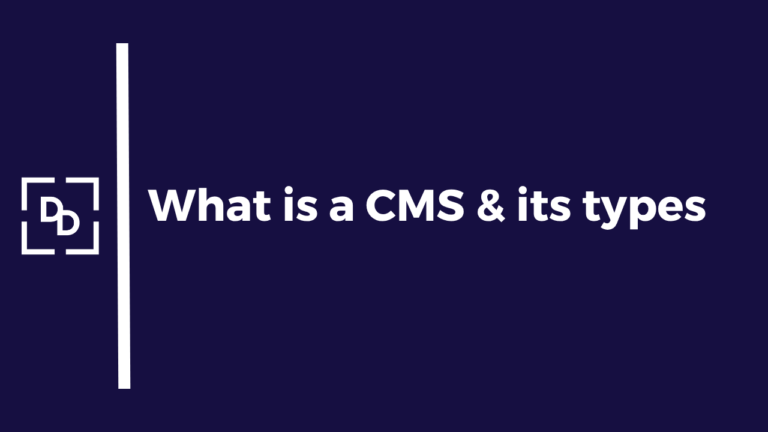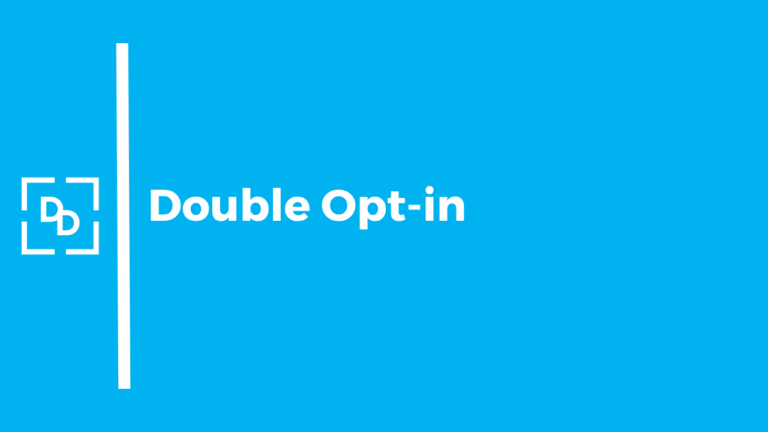Table of Contents
Highlights
- Performance Max campaigns are a game changer in the world of Google, targeting all ad formats within a single campaign.
- Google uses machine learning to determine which type of ad to show to users and how much to pay for a click.
- Performance Max can deliver better results and higher return on ad spend compared to other campaigns in some cases.
- However, it provides less control and insights into budget allocation and cannibalization of existing campaigns.
- Performance Max campaigns can help increase sales, reach, and reduce campaign management efforts.
- It’s important to evaluate whether Performance Max is the right choice based on budget, conversion volume, and testing.
Introduction
Performance Max campaigns have caused one of the biggest ups in the world of Google Ads in the last few years. It’s very different from other Google Ads campaigns and is where Google thinks it is headed. That means advertisers are now forced to evaluate if their strategies in line with that.
Performance Max is a campaign type that can show ads across all of Google’s advertising channels: Search, Shopping, YouTube, Display Discover, Gmail, and Maps. For that reason, I call Performance Max the Frank monster of Google Ads. Unlike specific campaigns that target a single ad format, Standard Shopping campaigns, Performance Max targets all ad formats within the same campaign. With this campaign type, Google uses machine learning or AI to figure out which type of ad to show to which users, and how much to pay for a click.
If you’re not very familiar with Google Ads, this might sound great. You can show ads in all those different channels, with a single campaign that takes less work to set up and manage! But if you’ve worked with Google Ads before, you might be triggered 🚨
Exploring Basics of Performance Max Campaigns
Performance Max campaigns, or P-Max campaigns, are a unique campaign type within Google Ads. They target all ad formats available on Google’s advertising channels, such as Search, Shopping, YouTube, Display, Discover, Gmail, and Maps.
With Performance Max, advertisers can create a single campaign that reaches a wider audience across multiple channels. This campaign type relies on machine learning and AI to determine the most effective ad placements and bidding strategies at the campaign level. Performance Max campaigns allow advertisers to maximize their reach and conversions with less manual effort compared to traditional campaign types.
Check out our Google Ads services page & sign up for a Free Consultation
Evolution of P-Max Campaigns
Performance Max campaigns have evolved as Google’s response to the changing landscape of digital advertising. As the Google Ads inventory expanded to include various ad formats and channels, advertisers needed a more efficient way to reach their target audience.
Performance Max campaigns combine the benefits of different campaign types, such as Smart Shopping and local campaigns, into a single campaign. This allows advertisers to leverage the power of machine learning and AI to optimize their ad placements and bidding strategies across multiple channels, including YouTube Ads.
By utilizing Performance Max campaigns, advertisers can maximize their reach and improve campaign performance without the need for complex campaign setups and management.
Key Features
Performance Max campaigns offer several key features that set them apart from other campaign types in Google Ads:
- Conversion Value: Performance Max campaigns focus on maximizing the conversion value for advertisers by utilizing machine learning algorithms to determine the most valuable ad placements and audiences.
- Creative Assets: Advertisers can provide a variety of creative assets, such as headlines, images, videos, and descriptions, which are dynamically combined by Google to create personalized ads for different placements.
- Smart Bidding: Performance Max campaigns utilize smart bidding strategies, such as maximize conversions or maximize conversion value, to automatically optimize bids and maximize the return on ad spend.
- Multi-Channel Reach: Performance Max campaigns can reach users across multiple channels, including Search, Shopping, YouTube, Display, Discover, Gmail, and Maps, ensuring maximum visibility for advertisers.
Preparing your First P-Max Campaign
Before diving into your first Performance Max campaign, there are a few key steps you should take to ensure success.
First, make sure you have a Google Ads account set up and properly linked to your website. This will allow you to track conversions and gather valuable insights. Next, define your conversion goals and determine what actions you want users to take on your website, such as making a purchase or filling out a form.
Finally, consider your target audience and how Performance Max can help you reach new customers who are likely to convert.
Essential Resources Needed
To make the most of your Performance Max campaign, it’s important to have the right resources and tools in place.
Conversion tracking is essential for measuring the success of your campaign and understanding which ads and channels are driving the most conversions. Google Analytics is another valuable tool that can provide deeper insights into user behavior and help optimize your campaign.
Additionally, familiarize yourself with the different ad formats available within Performance Max, such as text assets, images, videos, and more. By leveraging these resources and tools, you can optimize your campaign and maximize your conversions.
However, it’s important to note that the performance of your campaign may also depend on the number of conversions you have. As a general rule, the fewer conversions you have, the fewer campaigns you should use.
Setting up a Google Account
Before you can create a Performance Max campaign, you need to have a Google Ads account. If you don’t have one already, you can easily set it up by visiting the Google Ads website and following the registration process.
Once you have your account set up, you can proceed to create a new campaign. Choose the Performance Max campaign type and provide the necessary details, such as your final URL, which is the landing page where users will be directed after clicking on your ads. Follow the prompts to complete the campaign setup, including selecting your targeting options and defining your budget.
Step-by-Step Guide to Creating a P-Max Campaign
Creating a Performance Max campaign involves several steps, each of which is crucial to the success of your campaign.
First, define your campaign objectives and determine what actions you want users to take. Next, choose your target audience and determine the audience signal you want to use to reach them effectively.
Once you have defined your campaign objectives and target audience, you can move on to creating your asset groups. An asset group combines ad groups, product groups, advertisements, and audience targeting into one. This allows you to create personalized ads for different audience segments within your campaign.
- Defining Your Campaign Objectives: Before creating your Performance Max campaign, it’s important to define your campaign objectives. Consider what actions you want users to take and what conversion goals you want to achieve. Do you want to drive online sales, generate leads, or increase brand awareness? Once you have defined your campaign objectives, you can set them up within your Google Ads account. This will serve as the starting point for optimizing your campaign and measuring its success. By clearly defining your campaign objectives, you can align your strategies and resources to achieve the desired results.
- Choosing Your Target Audience: Choosing the right target audience is crucial for the success of your Performance Max campaign. Consider your ideal customer profile and identify the characteristics that make them likely to convert. You can choose from different options to target your audience, including custom segments, in-market audiences, affinity audiences, and more. Custom segments allow you to define specific audience criteria based on user behavior, demographics, and interests. Experiment with different targeting options to find the best audience for your campaign. Keep in mind your target return on ad spend (ROAS) and adjust your bidding strategies accordingly to maximize your campaign’s performance
- Setting Up Conversion Tracking: Setting up conversion tracking is essential for measuring the success of your Performance Max campaign. It allows you to track the actions users take on your website and attribute them to your ads. To set up conversion tracking, ensure that your Google Ads account is properly linked to your website. Next, create conversion actions within your account and implement the necessary tracking codes on your website’s landing pages. This will enable Google Ads to record and track conversions, providing you with valuable insights into the effectiveness of your campaign. Regularly monitor your conversion data and make adjustments as needed to optimize your campaign for better results
- Creating Compelling Ad Content: Creating compelling ad content is crucial for capturing the attention of your target audience and driving conversions. Performance Max campaigns allow you to provide a variety of ad assets, including text assets, images, videos, and more. When creating your ad content, focus on highlighting the key benefits and unique selling points of your products or services. Use persuasive language and compelling visuals to engage users and encourage them to take action. Experiment with different ad formats to see which ones resonate best with your target audience. Regularly review and update your ad content to keep it fresh and relevant to your audience
- Launching Your Campaign: Once you have created and optimized your Performance Max campaign, it’s time to launch it. Review all the settings and assets to ensure everything is in order. Set your campaign budget and bidding strategy based on your objectives and target return on ad spend (ROAS). Once you’re satisfied with your campaign setup, click the launch button to activate your ads. Monitor the performance of your campaign closely and make adjustments as needed. Regularly review the data and metrics to identify areas for improvement and optimize your campaign for better results. With proper monitoring and optimization, you can drive online sales and achieve your campaign objectives
Maximizing Campaign Performance
To maximize the performance of your Performance Max campaign, there are several key strategies you can implement.
First, optimize your budget allocation to ensure that you are allocating sufficient funds to high-performing ads and channels. Utilize machine learning and AI to automate bidding and optimize your campaign for maximum conversions and return on ad spend (ROAS). Regularly monitor the performance of your campaign and make adjustments as needed to improve results.
Analyze the data and metrics to identify areas for improvement and implement strategies to optimize your campaign’s performance
Monitoring and Analyzing Campaign Data
Monitoring and analyzing campaign data is crucial for understanding the performance of your Performance Max campaigns. Google Analytics is a powerful tool that can provide real-time insights into your campaign data. You can track key metrics such as impressions, clicks, conversions, and conversion value to evaluate the effectiveness of your campaigns.
By analyzing this data, you can identify trends, optimize your bidding and budget strategies, and make informed decisions to improve your campaign performance.
It is important to regularly monitor your campaign data and make adjustments as needed to ensure that your Performance Max campaigns are delivering the desired results
Adjusting Bids and Budgets for Optimal Results
Adjusting bids and budgets is an essential part of optimizing your Performance Max campaigns for optimal results. Budget optimization is a key strategy that allows you to allocate your budget effectively across different ad formats and placements.
Smart bidding is another powerful tool that uses machine learning to automatically adjust your bids to maximize conversions or conversion value. By regularly monitoring your campaign performance and analyzing the data, you can identify areas where adjustments to your bids and budgets are needed.
This will help you achieve better results and improve the overall performance of your Performance Max campaigns.
Common Challenges and Solutions
Common challenges in Performance Max campaigns include limited control and visibility. With Performance Max, Google decides where and when your ads are shown, which can result in fewer insights into your budget allocation.
Another challenge is audience overlap, where Performance Max campaigns may cannibalize your existing campaigns and claim credit for sales. To overcome these challenges, it is important to optimize your Performance Max campaigns by regularly monitoring and analyzing campaign data, adjusting bids and budgets, and implementing strategies to avoid audience overlap.
Overcoming Limited Control and Visibility
To overcome the challenge of limited control and visibility in Performance Max campaigns, you can rely on Google’s AI technology and features such as URL expansion. Google’s AI technology uses machine learning to optimize your campaigns and allocate your budget effectively. URL expansion allows Google to go beyond the final URL and consider other relevant pages on your website that match the intent of the user.
By leveraging these features and regularly monitoring your campaign data, you can overcome the limitations of limited control and visibility and improve the performance of your Performance Max campaigns.
Strategies to Avoid Audience Overlap
To avoid audience overlap in Performance Max campaigns, you can implement strategies such as utilizing audience signals and creating custom segments.
Audience signals help Google understand the characteristics of your target audience and can be used to refine your targeting. Custom segments allow you to create specific audience groups based on criteria such as demographics, interests, and behaviors.
By carefully defining your audience and targeting strategies, you can ensure that your Performance Max campaigns reach new customers and avoid cannibalization of your existing campaigns.
Conclusion
Understanding and implementing Performance Max Campaigns can significantly enhance your Google Ads strategy. By leveraging the key features and tools provided, you can effectively reach your target audience and drive optimal results. Moreover, constantly monitoring campaign performance, adjusting bids, and addressing common challenges are some steps in maximizing the effectiveness of your campaigns.
Additionally, staying informed about industry-specific best practices and adapting strategies accordingly will further boost your campaign success. If you’re looking to elevate your advertising efforts, embracing Performance Max Campaigns is a valuable step towards achieving your marketing goals.
Check out the official resource of Google for P-Max here
Subscribe to our Newsletter to stay updated on all news related to this topic. If you have any questions, email us at mail@digital-doorway.com
Need Help?
Interested in scaling your business or get started in Digital Marketing?






